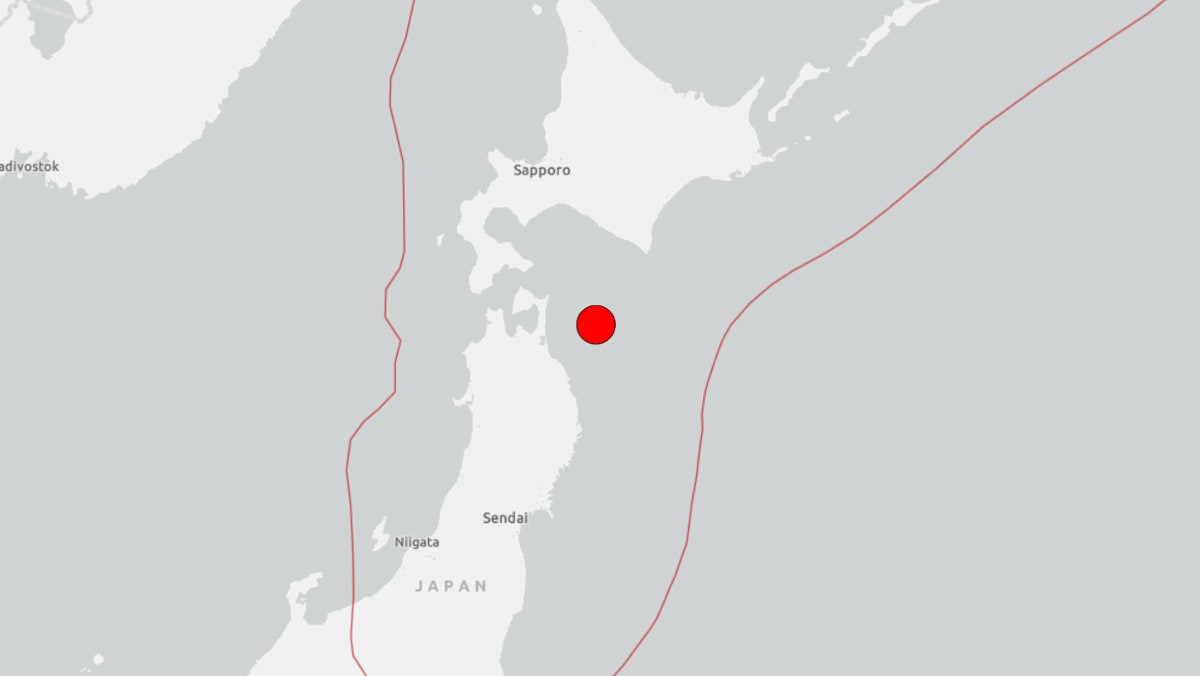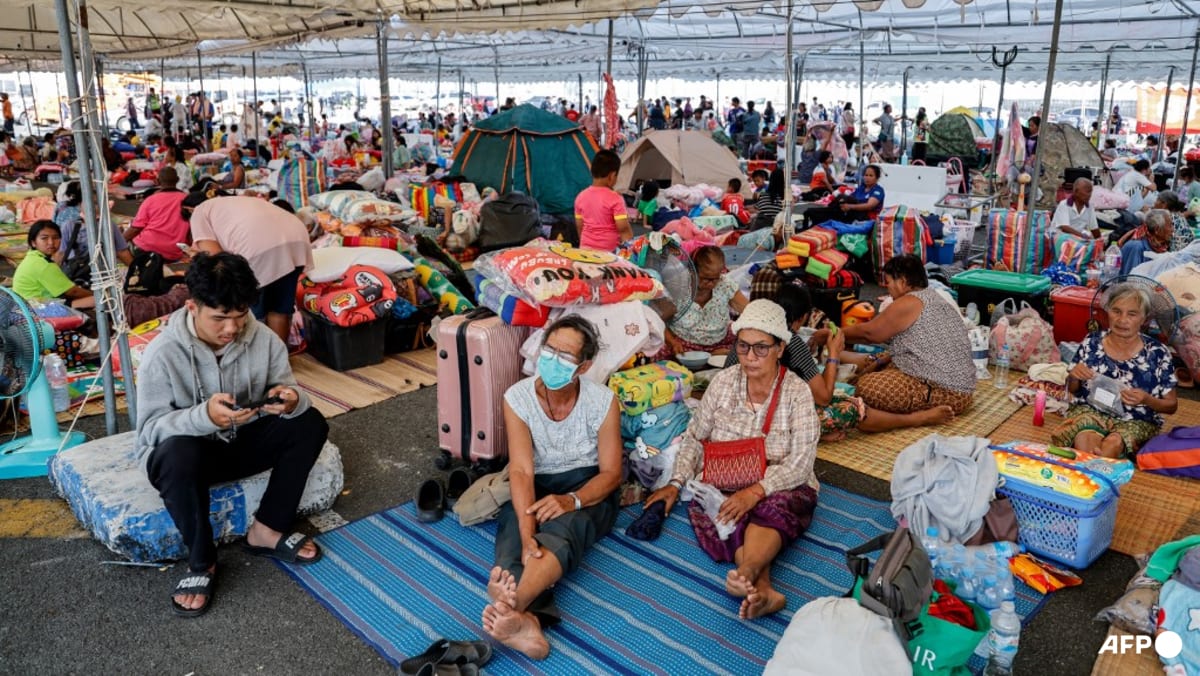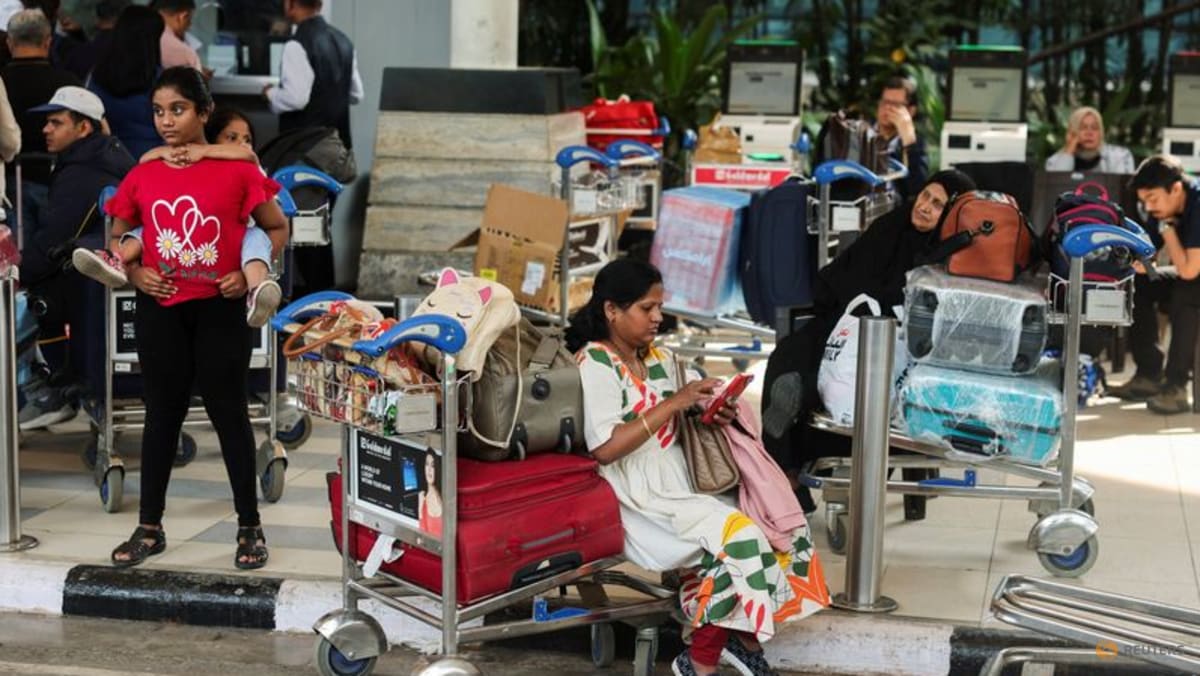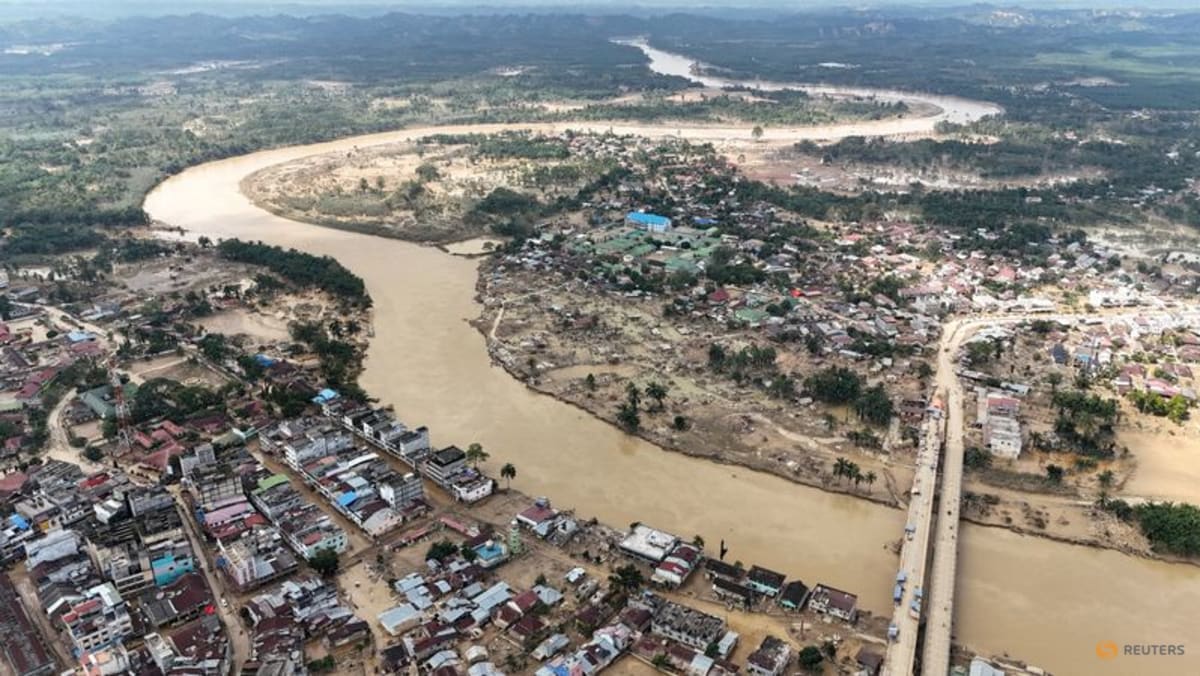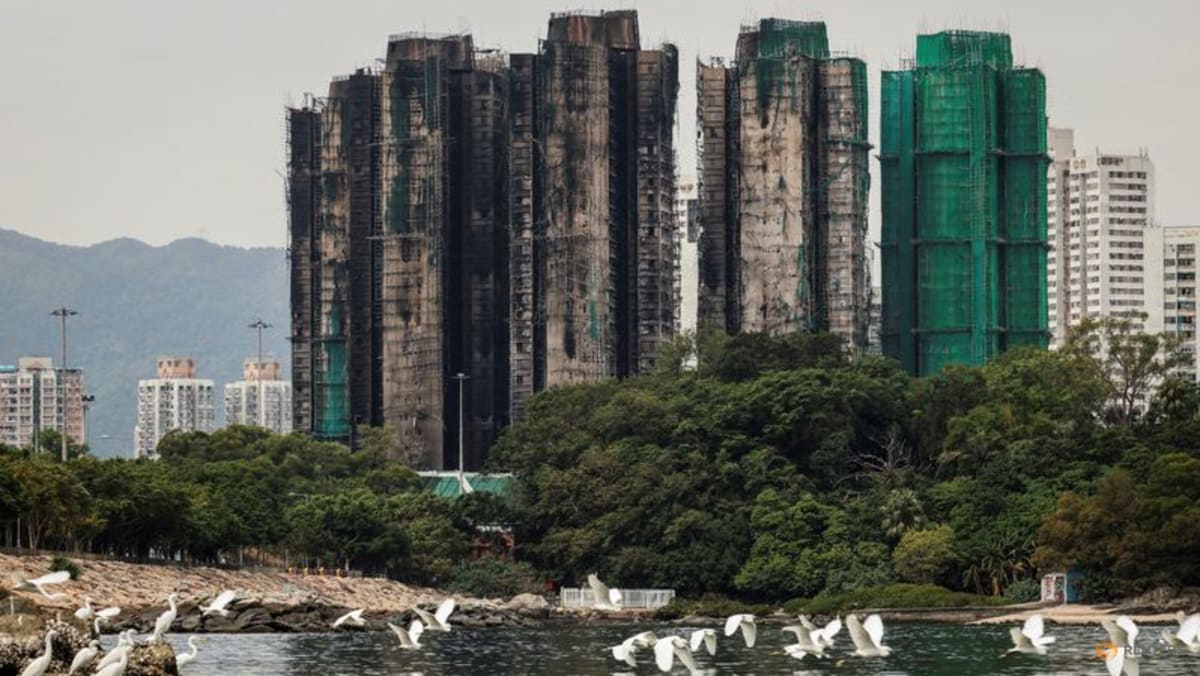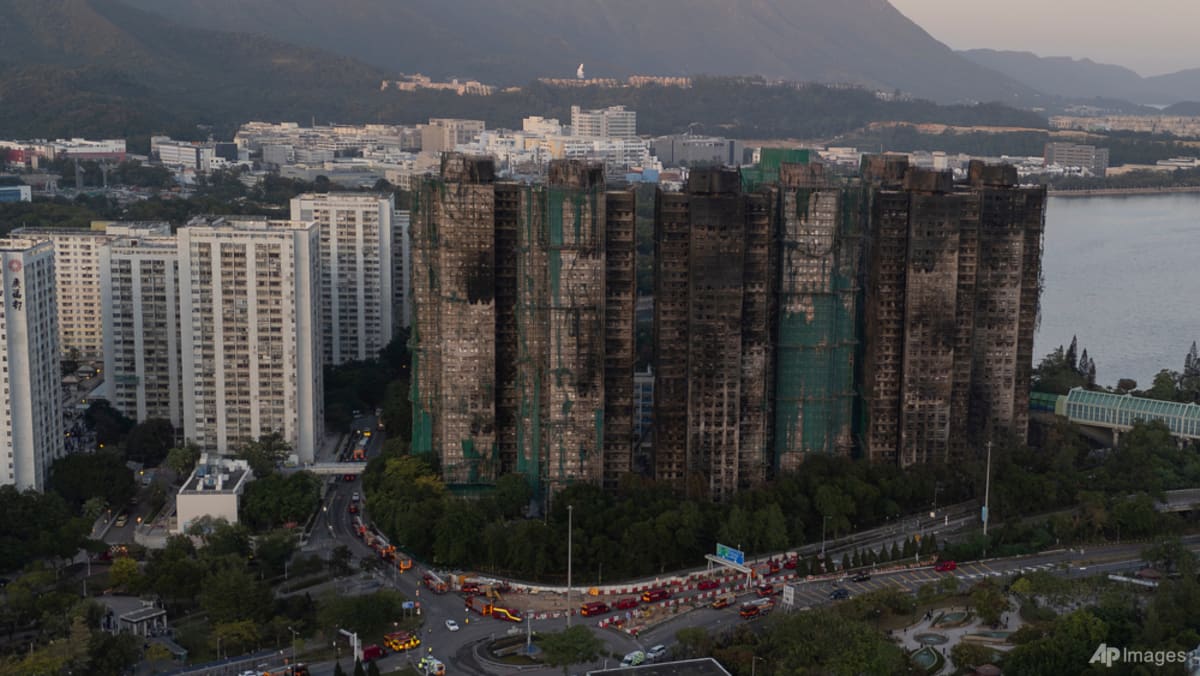What’s it like to be digital nomad? Tips on long-term travel in Southeast Asia and Europe from those who’ve done it

Another nearby destination with a comparable cost of living is Chiang Mai. Temperatures dip as low as 14 degrees Celsius at the start of the year, providing a much-needed respite for travellers who prefer mountains to beaches. Sabrina Tan, who left her job as a Fraud Investigator in Kuala Lumpur to work remotely in Chiang Mai as a translator and travel writer, said,
“Chiang Mai was the digital nomad capital of the world back in 2017. There were a lot of co-working spaces at affordable prices and it was very expat-friendly. Connectivity was cheap as SIM cards would cost around 1,000 THB (S$38) a month for unlimited internet.”
In 2017, renting a two-bedroom landed property cost around 13,000 THB (S$492) per month. Similar to digital nomads in Bali, she got around by renting a scooter from Chloe Motorbike Rentals or a car from Facebook pages with a rating of at least 4.5 stars.
“The most difficult part about living in Thailand for a long period of time is dealing with visa extensions at Thai immigration. The rules change all the time and sometimes it can be hard to keep up. So it’s important to check in with other nomads and the official website for the latest information,” Sabrina suggested.
To stay in Thailand legally without the need to leave the country every month, the Malaysian digital nomad signed up for a 6-month Thai language course, which turned out to be a rewarding endeavor in the grand scheme of things.
“Currently, the most affordable destinations (to work in) are definitely still in Southeast Asia. Personally, I would stay in Chiang Mai, Taipei, and Hanoi for the quality of life that I’ll get per dollar spent.”
Vietnam, as Sabrina astutely pointed out, seems to be an underrated hotspot for digital nomads. Sharlyn Seet, a student and content creator, suggests cities like Ho Chi Minh and Da Nang and recommends living close to the city centre.
Source: CNA


